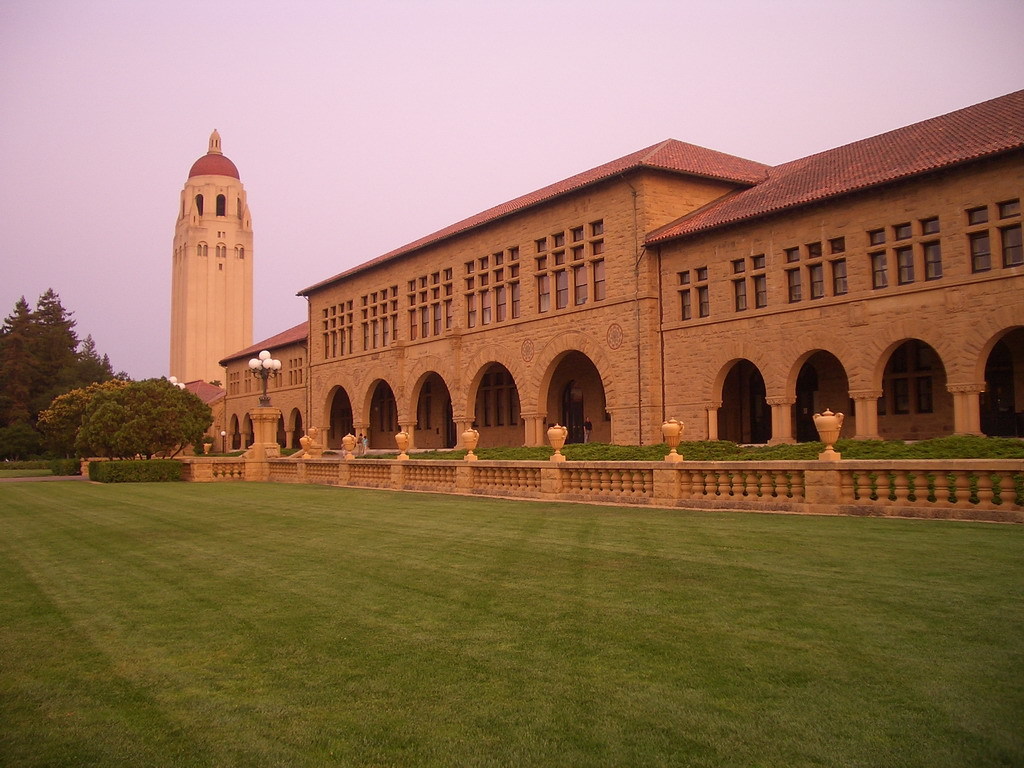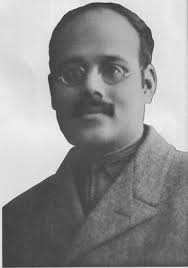
Lala Hardayal one of the most brilliant Indian minds of the 20th century, an intellectual, a scholar, a revolutionary, a nationalist.
Date : 06/04/2025

(This article was posted on History Under Your Feet at: https://historyunderyourfeet.wordpress.com/2019/10/15/lala-har-dayal/ and has been republished with the author’s permission)

Nalanda Club, Stanford University, 1913
The gathering place for Indian students there, a serious looking professor enters. The entry creates a rock star kind of buzz, among the students, as an air of expectation ran across the room.
“December 23, 1912, a date we should all remember”
As the students wondered about the importance of the date, the professor went on further.
“This date should be etched in the memory of every nationalist Indian. On this day, Basanta Kumar Biswas struck a blow on the British Raj.” Basanta Biswas was the revolutionary who threw a bomb on the then British viceroy Lord Hardinge, an act the professor he believed, signalled the beginning of the end of British rule in India.
The professor ended with a couplet
“Pagari apna sambhaliyega Mir, Aur basti nahin yeh Dilli Hai”Take care of your turban Mir( a term for the British), this is not any town, it is Delhi”
The professor was Lala Hardayal, the man who co founded the Ghadar Party in US, along with Sohan Singh Bhakna. A legend among revolutionaries, one of the key members of India House in London along with Shyamji Krishna Varma, Veer Savarkar and Madame Bhikaji Cama.
A brilliant polymath who turned down a lucrative career in the Civil Services, as he plunged into the revolutionary movement. A leader who inspired many expat Indians in UK, US and Canada to rise against British imperialism. A man known for his rather simple living and brilliant intellectual capability.
Lala Hardayal, was born on October 14, 1884, the 6th child of a large Kayastha Mathur family in Delhi, to Gauri Dayal Mathur, a district court reader and Bholi Rani. Influenced by the ideals of the Arya Samaj at an early age, his other influences included Mazinni, the great Italian revolutionary leader, Karl Marx and Mikhail Bakunin, the Russian anarchist. He later graduated in Sanskrit from St.Stephen’s and also did his Post Graduation in the same subject from Punjab University. An academically brilliant student, he got 2 scholarships from Oxford in 1905 for higher studies in Sanskrit. It was during this time, he was exposed to the anarchist idelogy through Guy Aldred. In a letter to the Indian Sociology magazine, he made clear his political views, by explicitly stating that “reforming government should never be the objective, but rather it should be to reform it out of existence, leaving only traces”.
His views made him noticed by the British Government, and in 1907, he turned down a lucrative career in the Indian Civil Services, saying “To Hell with ICS”, resigned from the Government funded scholarships. Returning back to India in 1908, he led an austere life, as his only passion now was freedom from British rule. He continued his radical writings, calling for overthrow of British rule, which were subsequently banned. On the advice of Lala Lajpat Rai, he left for France in 1909.
With a brilliant memory and an aptitude for languages, Hardayal, became the editor of Bande Mataram in Paris, where he began to interact with different thinkers and revolutionaries among the expat Indians. It was during this period, he came into association with Madame Bhikaji Cama, Veer Savarkar who was in exile in Paris, and their mentor Shyamji Krishna Varma. However finding Paris too stifling, he moved to Algiers and from there to Martinique, where he lived like an ascetic, eating a frugal meal of boiled potatoes, grain, sleeping on the floor and meditating all by himself.
It was then that he came into contact with another Arya Samaji leader Bhai Parmanand, who was also involved actively with the Hindu Mahasabha. Parmanand asked him to use his immense intellect for the revolutionary cause, and advised him to go the US and fight for the rights of the immigrant Indian workers there. Hardayal joined Stanford in 1911, as a Professor of Sanskrit and Philosophy. He spent time in meditation, and learning about Japanese Buddhism. Soon he got involved with the trade unions there and became the secretary of the San Francisco chapter of Industrial workers, based in Oakland. It was at Oakland he set up the Bakunin Institute of California, which in his own words was the first monastery of anarchism. The organization allied with the Regeneracion movement involving Mexican anarchists.
Soon he began to reach out to the Indian immigrants in US, primarily Sikh farmers on the West Coast, who had emigrated there at the beginning of the 20th century. These immigrants having faced racism in both US and Canada, soon began to gather under him. He exhorted the immigrants to develop a nationalist perspective, and study science and sociology extensively. With the help of Jwala Singh, one of the more wealthy farmers there, he set up a fund that would provide scholarships for higher education to Indian students, which was named after Guru Gobind Singh. He opened an India House in Berkeley, modelled on the lines of Shyamji Krishna Varma’s in London, that became an accomodation for the Indian students.
Basanta Kumar Biswas daring attempt on the life of Lord Hardinge, further fuelled the nationalist spirit on him and soon began to address the Indian expats, exhorting them to take up arms against the British rule. The Ghadr movement co founded by him along with Sohan Singh Bhakna at Astoria, Oregon in 1913, for the cause of freedom, spread like wildfire, with a large number of immigrant Indians in US, joining it. A newsletter called Ghadar was published that openly called for armed revoution and overthrow of the British rule. It also had instructions on how to manufacture bombs and explosives.
With World War I breaking out, it was seen as the right time to launch the armed revolt against the British Government who were caught up in the conflict. Thousands of Indian immigrants in US, made the return journey back home to take part in the revolt. However the US Government, under pressure from the British, issued arrest orders against Lala Hardayal for propaganda of anarchist ideology. He however managed to secure bail and fled to Berlin in 1914, where along with other Indian revolutionaries, he set up the India Independence Committee. Though World War I ended, he still lived in exile, staying in Sweden for a decade, where he taught about Indian philosophy, art and literature.
He later got his PhD from School of Oriental and African Studies for his dissertation on “The Bodhisatva Doctrine in Buddhist Sanskrit Literature”. In 1932, he published one of his most well known books Hints of Self Culture, and gave lectures on a wide variety of subjects. One of the most brilliant intellectuals ever, he was also a polyglot fluent in Urdu, Sanskrit, English, French, German and Swedish Languages. On March 4, 1939, Lala Hardayal passed away due to a heart attack at Philadelphia while on a lecture tour of US. He died an exile, deeply regretting the fact that he could never return to India, because of the British restrictions.
Lala Hardayal one of the most brilliant Indian minds of the 20th century, an intellectual, a scholar, a revolutionary, a nationalist. A man who ignited the flame of revolution in the Indian immigrants abroad, founded Ghadar, a close associate of Savarkar, and a truly great soul.
Ratnakar Sadasyula is an IT professional from Hyderabad with a passion for history. He has published a book City of Victory on Rise and Fall of Vijayanagara Empire. His other interests include movies, books, music, technology. He is a prolific writer on various platforms like Quora, and has his own dedicated history blog, History Under Your Feet. Watch his video on the Vijayanagara Empire here: https://www.youtube.com/watch?v=3QruuNq0w_g&t=1379s
Tags :
Note: Your email address will not be displayed with the comment.